As with other great tracts of eastern Montana and northern Wyoming, the prospect of coal-bed methane gas drilling is a threat to the site. Though the state owns surface rights at Rosebud, an energy company owns rights to the valuable minerals underneath and eventually could turn the area surrounding this extraordinary historical site into an industrial zone.
Continuing southeast on the county road, the Tongue River Reservoir eventually comes into sight. This alluring 12-mile-long, caterpillar-shaped lake in the boonies, a short cast from the Wyoming border, has such extraordinary fishing that the sprawling Tongue River Reservoir State Park (406234-0900) annually lures 50,000 visitors, mostly boaters from Billings and Sheridan, Wyoming. There are numerous places to camp, many with full hookups, and a marina to provide all the necessary supplies for a day chasing northern pike, crappie, catfish, bass, and that eastern Montana delicacy, the walleye. The shallow and narrow reservoir has produced state records for four types of fish.
As the reservoir draws nearer, a railroad appears on the right. A spur from Sheridan was built to service two huge open-pit coal mines west of the reservoir at Decker (pop. 96). Unless you’re into seeing how some of America’s energy thirst is quenched, there is little reason to make the 6-mile trek from the state park to Decker, about a mile north of the Montana-Wyoming border.
Heading north along the lake’s western shore on a well-groomed gravel road, you’ll pass the dam The road then hugs the lazy Tongue River, winding past red scoria rock and ranches north to Ashland. As you follow the river, look for deer, eagles, herons, and sandhill cranes. You’ll surely notice ornate log gates for many miles part of the vast Diamond Cross Ranch, which owns tens of thousands of acres east of the Tongue River (the Northern Cheyenne Reservation is on the west side).
A few miles before Birney (pop. 106), and on the west side of the gravel road, hangs a large wooden sign that creaks in the wind. The Battle of the Butte Jan. 8, 1877, it reads. Below it is a small commemorative stone erected by the U.S. Department of the Interior. This windswept place, nearly forgotten in history, is on private lands, but you can try to imagine what happened here at the Wolf Mountains Battlefield National Historic Landmark and ponder its historical significance.
Seven months after Little Bighorn, Chief Crazy Horse the hero of the nearby Battle of Rosebud and 800 warriors tried to mount a surprise attack on Colonel Nelson Miles one frigid winter morning. Miles fended off the Indians and sent them scurrying into the nearby hills. It was to be the last skirmish of the great Sioux Indian Wars; within four months, all the Sioux were relocated to distant reservations, and a huge chunk of the West was open to white expansion. Given the battle’s magnitude, it’s surprising that there isn’t more to commemorate it.
Birney is almost entirely populated by Northern Cheyenne. There isn’t much here except a few well-kept homes, a school, a church, and a post office kept dust-free by a short section of pavement between the shady cottonwoods. Judging by the ramshackle remnants of what must have been a mercantile, there haven’t been services for a while. If you’re not pressed for time, turn right on the East Fork Hanging Woman Creek Road past Poker Jim Butte for about 25 gravel miles to the Blacks Pond Drive Route on the Custer National Forest. In the spring and fall, this man-made pond and its associated wetlands are a favorite stop for birdwatchers who admire ducks, turkeys, herons, warblers, and that Montana favorite, the Lazuli bunting. A campground-and-picnic area is nearby.
About six miles north of Birney, you’ll have to choose between the gravel Ashland-Birney Road on the east side of the river and the paved Bureau of Indian Affairs Road 11 on the reservation on the west side. If you cross the Tongue through a small Northern Cheyenne settlement, you can continue north along the river to Ashland or save some time and drive overland to Lame Deer. We suggest staying the course to Ashland (pop. 464), best known for the St. Labre Indian School, established in 1884, and the St. Labre Mission/Cheyenne Indian Museum (406-784-4500 Mon-Fri.) slightly north of town. Once a three-room cabin, the school is now a campus that reflects Catholic roots and the Plains Indians lifestyle. The museum, which has a gift shop, is almost an exclusive showcase of Cheyenne history. The school and museum represent a dedicated effort by the Northern Cheyenne to stay close to their roots; their native tongue is taught in the school and at Chief Dull Knife College in Lame Deer (pop. 2,052). Ashland also has a mercantile, gas station, and small diner.

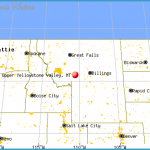
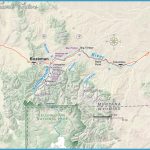
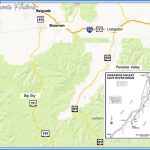
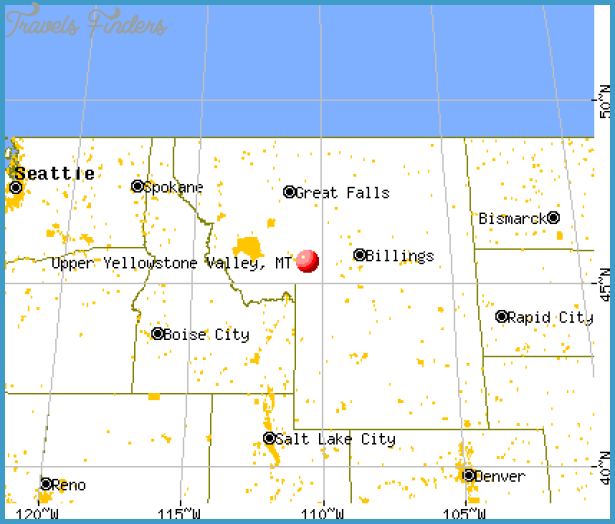
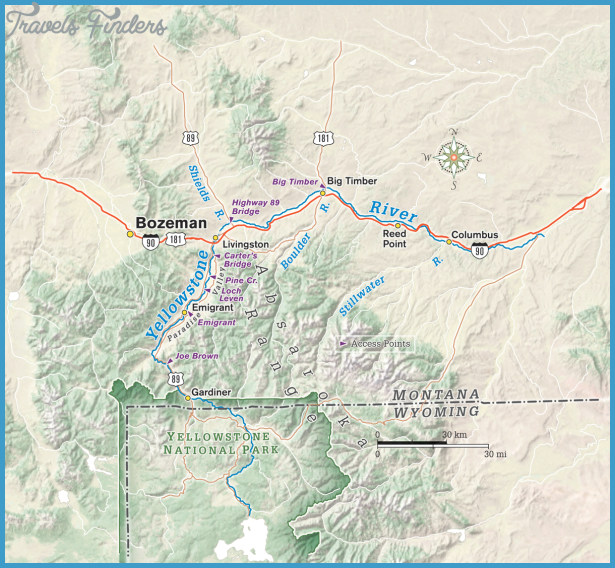
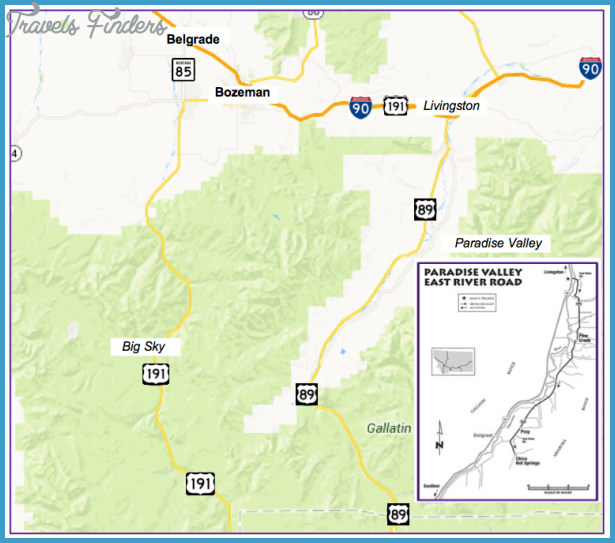

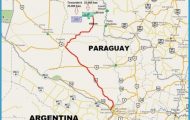

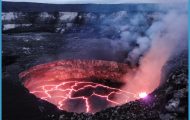
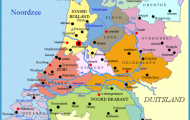

Resturants in the area/